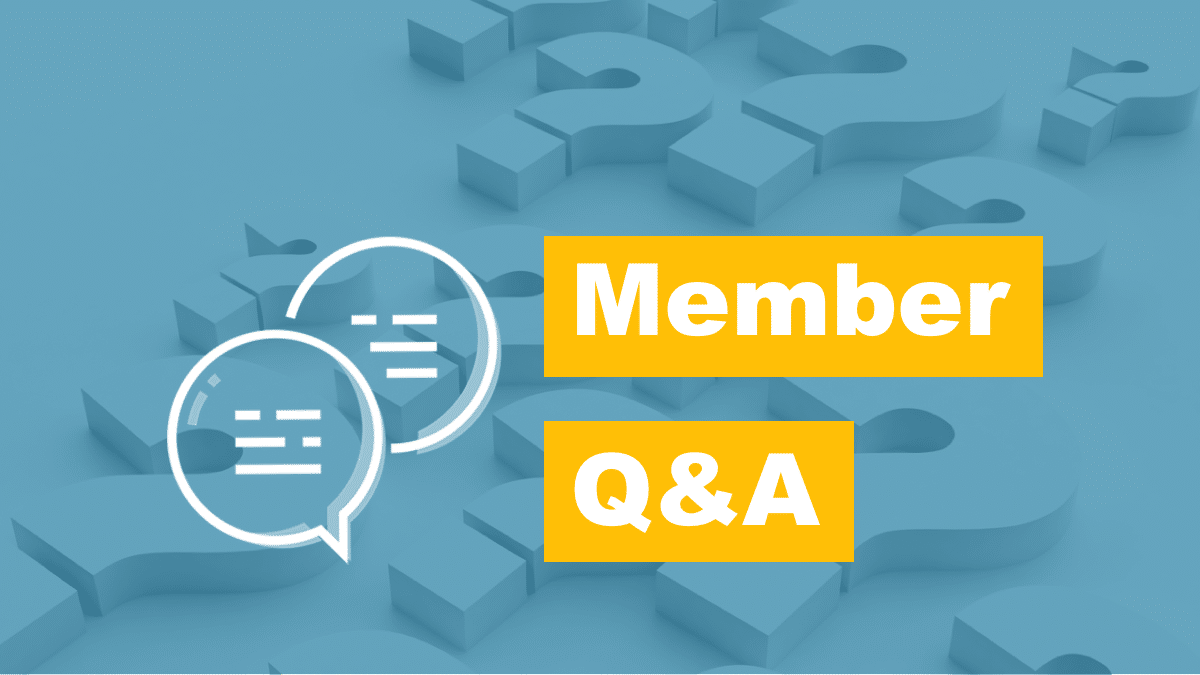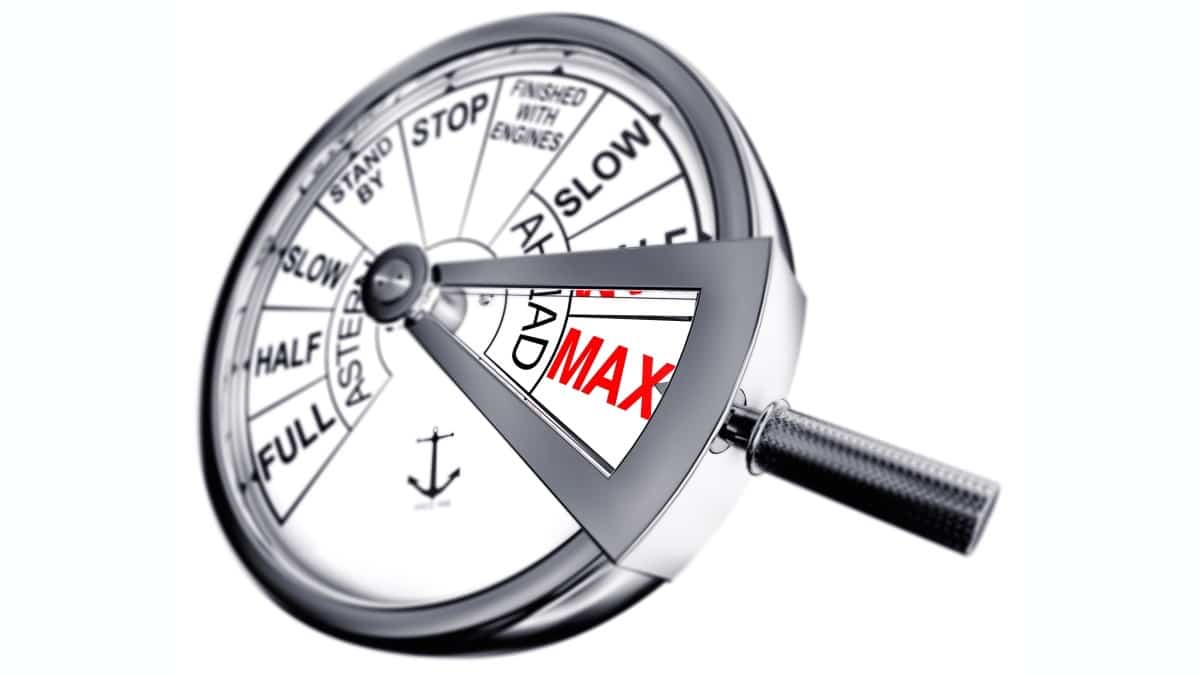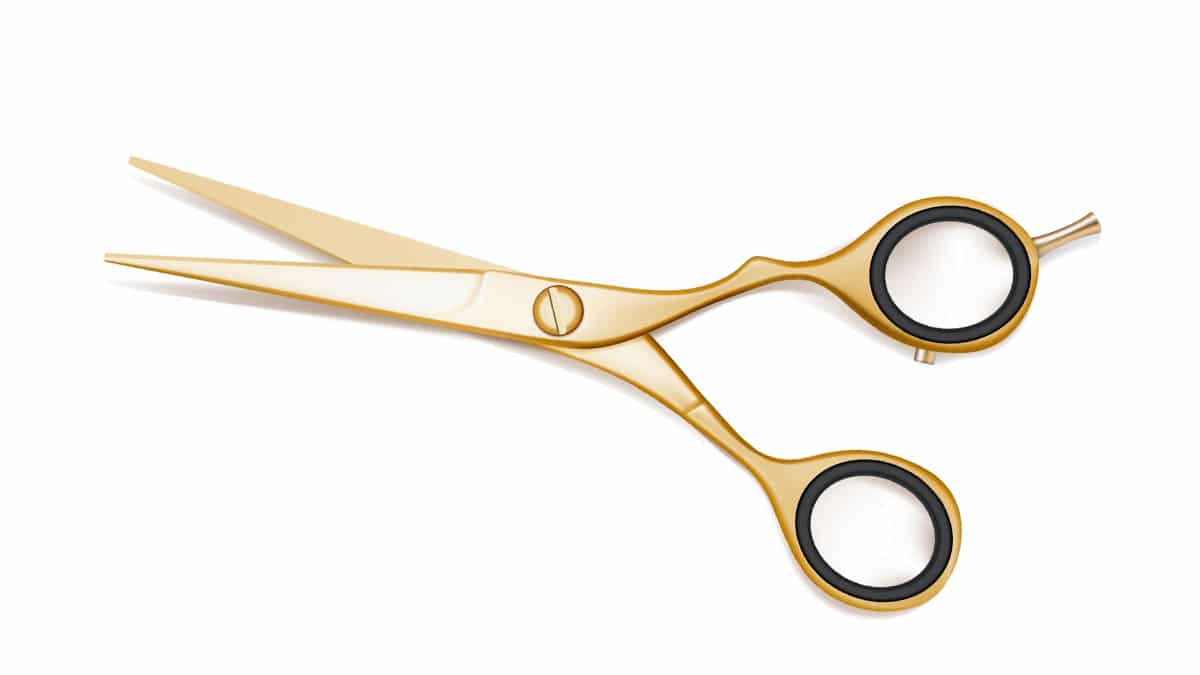In this guide
From 1 July 2022, a raft of changes to the super rules offer opportunities for older Australians to boost their retirement savings.
These changes were legislated under the Treasury Laws Amendment (Enhancing Superannuation Outcomes for Australians and Helping Australian Businesses Invest) Act 2022, which received Royal Assent on 22 February 2022.
Some of the key changes for super members from July 2022 are:
- Work test changes – No work test required for receiving any type of super contribution for anyone under the age of 75, except when making personal tax-deductible contributions for people aged 67 to 75.
- Extension of the non-concessional contribution (NCC) bring-forward rule – Anyone aged between 67 and 75 can make non-concessional contributions using the bring-forward rule.
- Reduction in the downsizer contributions age eligibility – Instead of being restricted to people above age 65, you can now make these contributions from age 60 onwards.
- Removal of the super guarantee (SG) threshold – The requirement for employees to earn $450 per month before receiving super guarantee payments from their employer has been scrapped.
- First Home Saver Super Scheme – Instead of $30,000, people can now release up to $50,000 from their super account for a first home deposit.
In this article, we will focus on the opportunities offered by first three changes.
1. Work test changes
Until 1 July 2022, Australians aged 67 to 74 needed to meet the work test conditions to receive super contributions. This required them to working for at least 40 hours in a consecutive 30-day period in a financial year or be eligible for the work test exemption.



























